News 3/14/13
The number of pharmacies accepting e-prescriptions for controlled substances grew from 22 in February 2012 to over 13,000 today, primarily driven by acceptance from drugstore chains CVS, Walgreens, and Rite-Aid. According to DrFirst, 18 percent of all pharmacies now receive e-prescriptions for controlled substances.
Pediatric and family medicine practices that serve children, especially those with five or fewer physicians, are less likely to have the resources required to implement all the NCQA standards for medical home certification, according to a University of Michigan study.
The 21-physician Kerlan-Jobe Orthopaedic Clinic (CA) selects Orion HealthCorp to provide medical billing and practice management.
CureMD completes its acquisition of Navinet’s EMR and PM provider base. Navinet had been a reseller of CureMD’s solutions.
Boston Redevelopment Authority Director Peter Meade participated in the formal opening of CareCloud’s Boston office, which is is expected to house 35-40 employees by the end of the year.
Eighty-seven percent of doctors say they receive too many EHR-based alerts, according to a survey of 2,600 primary care physicians.Thirty percent of the providers admit missing some abnormal patient results because they are overwhelmed with an average of 63 alerts per day.
Advanced Orthopedic Center (FL) selects SRS EHR for its nine physicians.
Group Health (WA) providers doubled the rate of on-time screenings for colon and rectal cancer using EHRs to identify patients due for screening, according to a study published in Annals of Internal Medicine.
Emdeon begins the process of mapping new HIPAA 6020 standards for CMS and creating an analytical methodology to define the processes and tools required for the transition.

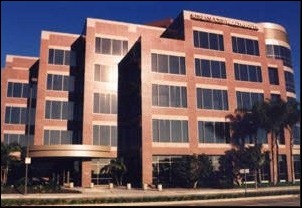
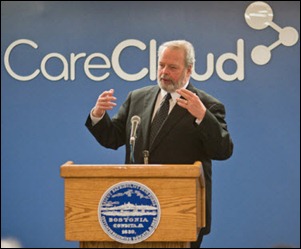



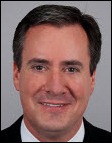


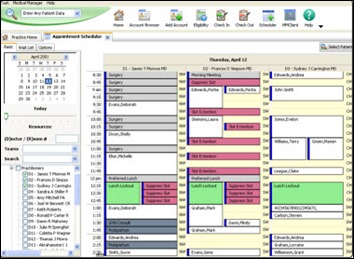
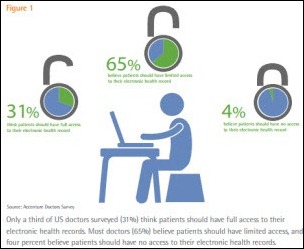
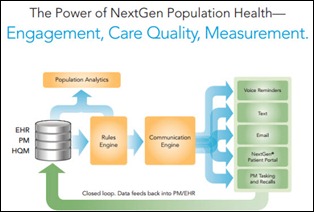



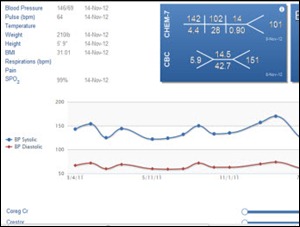


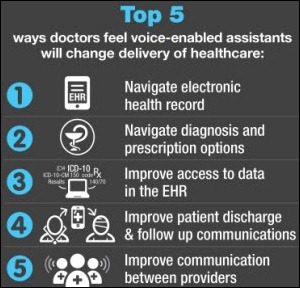
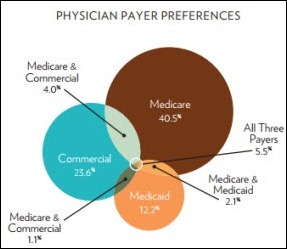
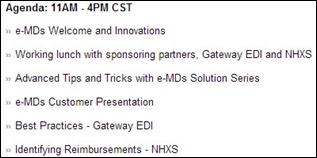

The article about Pediatric Associates in CA has a nugget with a potentially outsized impact: the implication that VFC vaccines…